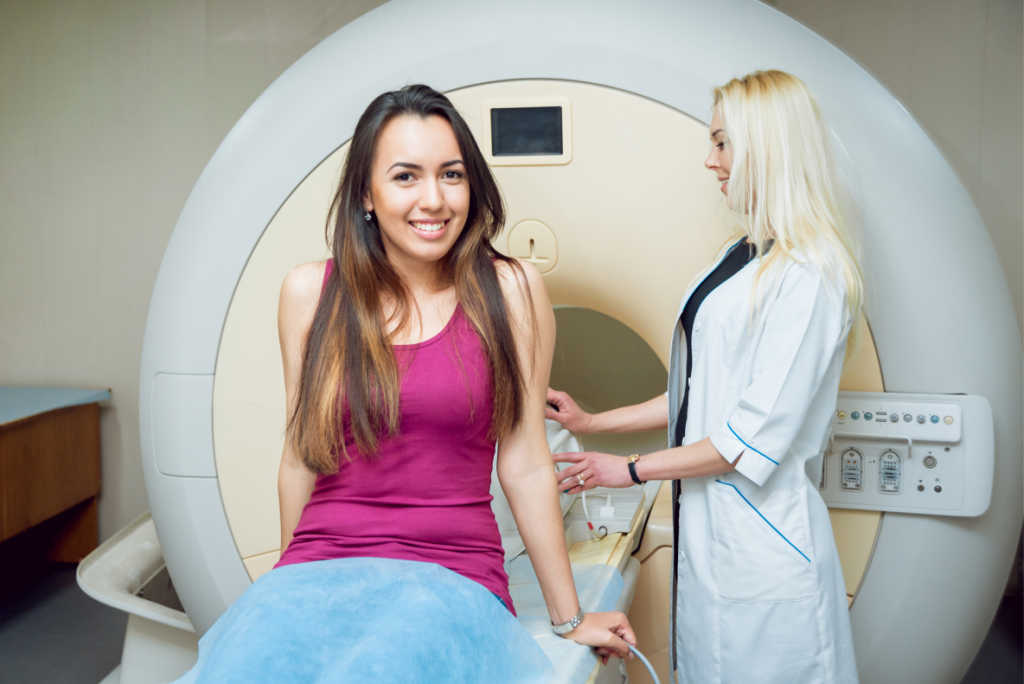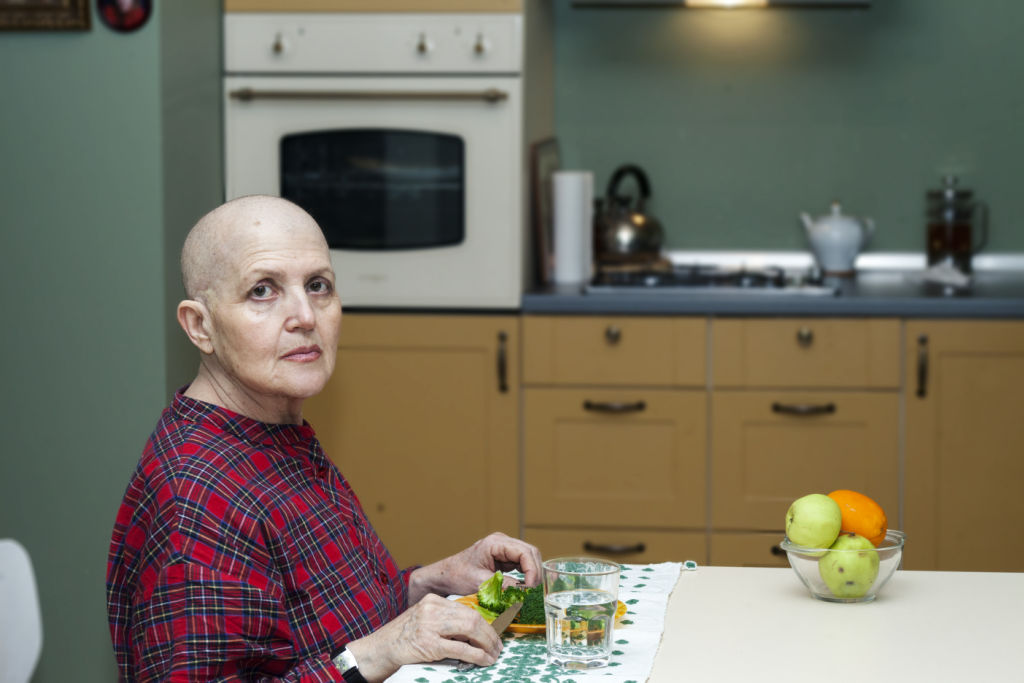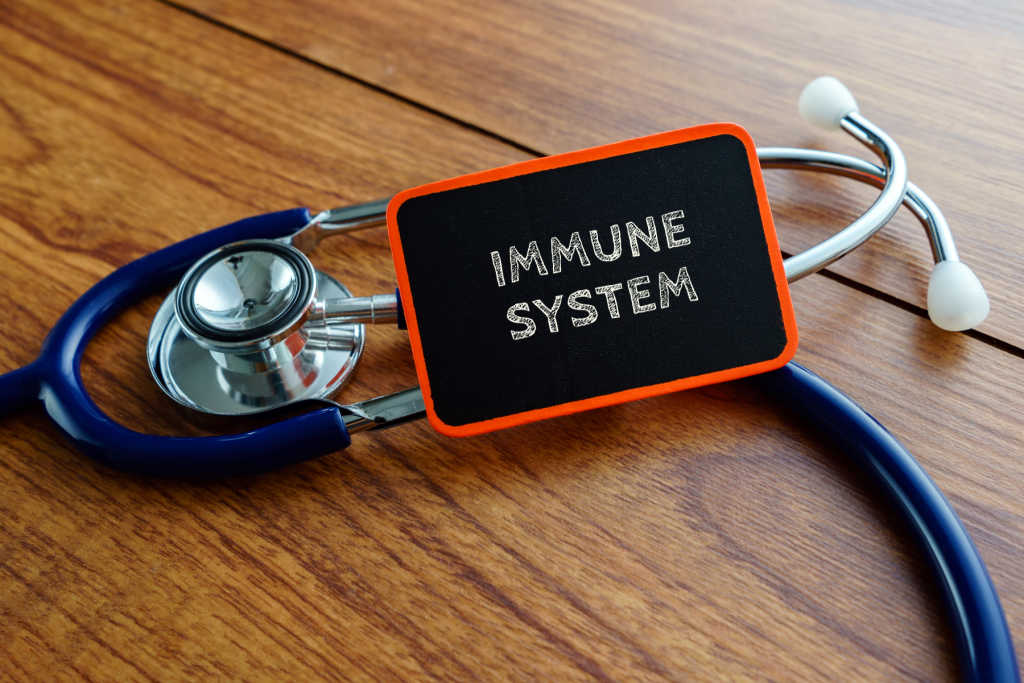If you’ve been told you have cancer, you’re undoubtedly wondering a lot of things right now. You may be trying to figure out which course of action is right for you. Surgery, chemotherapy, and radiotherapy are some of the treatments for cancer that are available to patients. Your doctor will be able to recommend the best course of action for you. However, deciding on a course of treatment without first determining your end aim is pointless. After that, you’ll be in a better position to make a wise choice. You should also be aware of any possible adverse effects.
Radiotherapy
Radiation may not be able to treat most cancers, although it can in some cases. Radiation is frequently administered with the goal of treating cancer or relieving cancer symptoms. Before or after surgery, the radiation can be administered in order to reduce the size of the tumor or prevent its recurrence. The minuscule cancer cells are killed by radiation. As long as the cancerous cells are isolated, treatment is highly effective.

Radiation therapy for cancer is divided into two categories: internal and external beam. The linear accelerator is used to accelerate electrons into x- and gamma-rays in the first approach. To kill cancer cells, another method makes use of charged atoms. In targeted therapy, medications are used to block the spread of cancer cells by binding to specific molecules inside of the cells. They can be administered intravenously or as a tablet.
Chemotherapy
It’s used to treat cancer by killing the cells that are infected with the disease. In the first round of chemotherapy, cancer cells may not be completely eliminated. As a result, the medicines must be administered repeatedly in the hopes that some patients would recover. In order for regular cells to recuperate, a rest period is required. It is possible to administer chemotherapy over the course of a few days, a week, or even months. It is possible to prevent a recurrence of cancer by using long-term treatment, such as maintenance chemotherapy.

Chemotherapy is typically administered in cycles of daily, weekly, or monthly dosages. In order to replenish the body’s supply of healthy cells and recuperate from the effects of the medications, rest time is often incorporated between treatment cycles. Chemotherapy treatments might last anywhere from three to four months. Your doctor, on the other hand, will go over the length of your treatment and the next stages with you.
Immunotherapy
A patient’s immune system can be stimulated to combat cancer cells in a variety of ways during immunotherapy for cancer. These include CAR T-cell therapy, an immunotherapy treatment where antibodies are injected into the patient’s bloodstream to target cancer cells and kill them. Using white blood cells that started in a patient’s tumor and were enhanced in the lab, CAR T-cell therapy, also known as adoptive cell therapy, works to eradicate cancer. Re-injecting these cells back into the patient’s body is used to fight cancer.

Cells, tissues, and organs make up the immune system, which is a highly sophisticated system in and of itself. White blood cells, or lymphocytes, travel across the organs and tissues and destroy germ cells to fight infection. In order for the immune system to recognize and destroy cancer cells, antibodies-drug conjugates (also known as anti-cancer medicines) are necessary. Specific antigens on cancer cells are sought after by monoclonal antibodies. They begin to assault cancer cells as soon as they’re attached.
Surgery
There are a variety of cancer surgeries available. Primary surgery is one type. A “curative” procedure is only undertaken if cancer has spread to other parts of the body. Other forms of treatment, such as radiation therapy, are frequently used after this sort of surgery. Additionally, it could be a component of a multi-modal strategy. In most cases, primary surgery is able to completely remove cancer cells from the body. Surgery may be used alone or in conjunction with other cancer treatments, depending on the type.

Doctors attempt to inflict as little damage as possible during cancer surgery. A sample of the cancerous tissue or the cancerous lymph nodes may be removed during the surgery. Lymph nodes are bean-shaped organs that aid in the body’s ability to fight infection. Lymph nodes are often the first to be removed after surgery if cancer has spread there. Surgeons use advanced imaging studies to figure out the best course of action in treating cancer.
